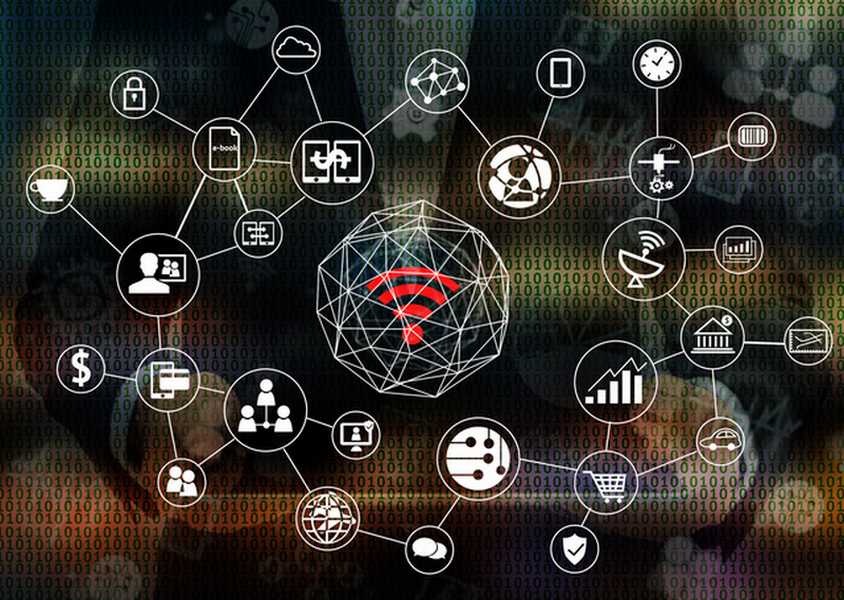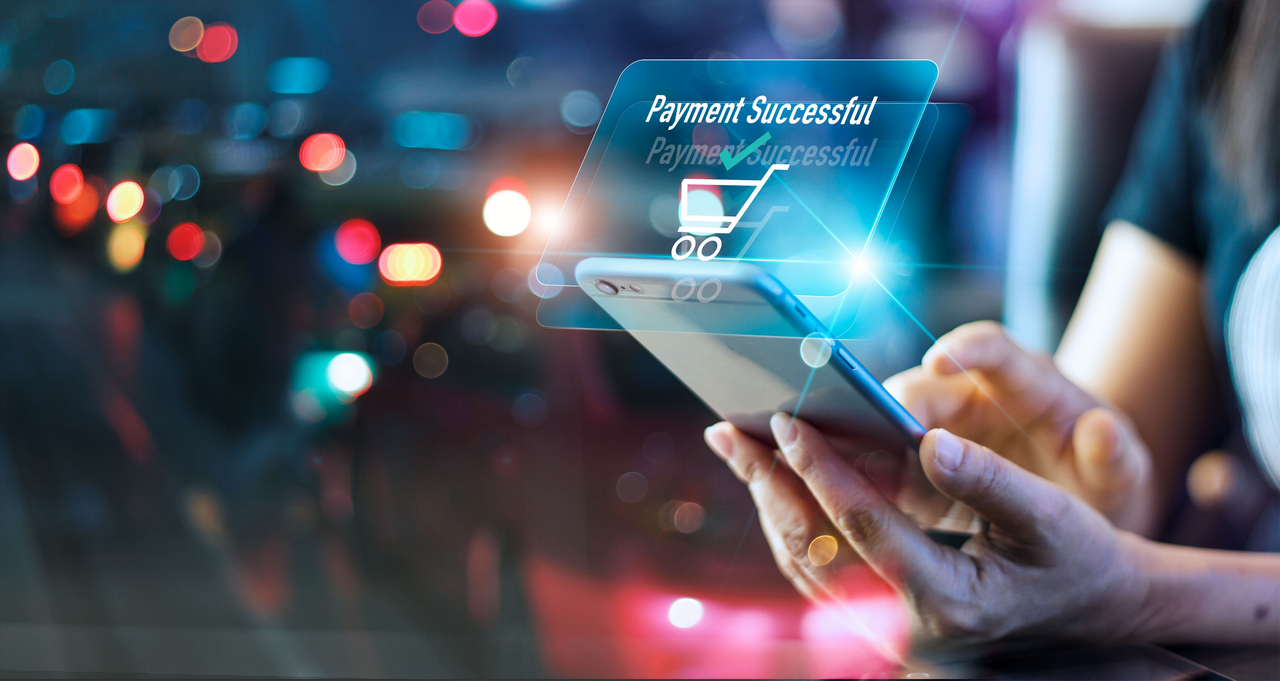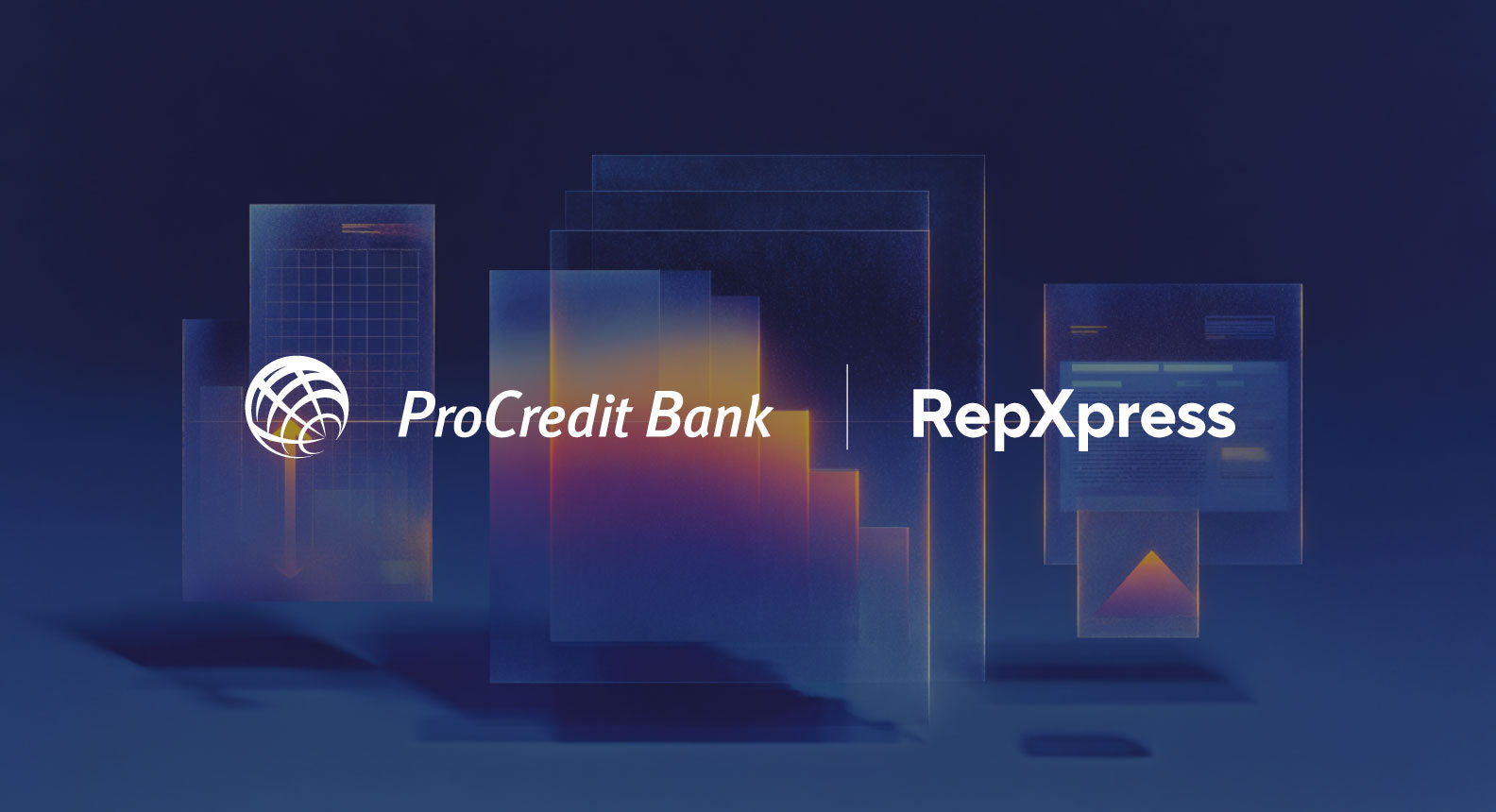One of the most disruptive trends in payments - embedded banking, is transforming many industries as we know them today
Building a recognizable brand is great, but some might say having a profitable strategy is better. Physical banks are strategically located in the eye, yet who goes shopping for financial services on a sunny day? Invisible banking might sound crazy at first; however, banks actually bridge customers’ needs with vendors without making them think about transactions.
The evolution goes as follows: from brick-and-mortar locations through banking apps to invisible banking with no human interactions at all. Imagine booking last minute Pilates class via Google Home and automatically paying for it the minute it is confirmed. The process is seamless and painless. No queuing and no banking statements. Just a voice-generated invisible banking human experience. Even if you are not in a rush and carefully considering high-value purchases such as a new home, having a realistic view of which properties fit your credit score would be great. Don’t you think?
What is Invisible Banking?
Invisible Banking is embedding banking in the everyday life of people. The other common expression is embedded banking. The main concept behind this is enabling integration between all digital touchpoints of customers with all banking products and services, which allows for seamless customer journeys with subconscious transactions. In practical terms, each business can integrate a financial solution into its product offering ecosystem.
Imagine making a college fund for your child where you once set up monthly transactions until it comes of age. These money transfers will run in the background until the end date. As there is the last transaction to happen, the bank notifies you about the total amount. A year before that, the bank might ping you with statistics about average living costs in every state/city or average tuition costs for every university in the country. This way, you will know how long your budget can be stretched or if you need to take a loan, relocate, ask for a raise etc. Invisible banking can help you navigate through life events like this one or offer you microcredit when you need a new fridge if yours suddenly breaks.
How Does Invisible Banking Work?
When you don’t need to open a banking app to look for a service, when you don’t even reach for your phone to do a transaction and when you don’t think every month if your bills are paid on time – this is when you experience the unique capabilities of invisible banking. In a connected world where smart devices are all around us, there is an incentive to connect the dots. Financial services are intertwined with existing resources and tools incorporated into people’s daily routines. Car companies, for example, can integrate automatic parking payments into their vehicles so drivers wouldn’t have to think about a fine or having their car locked. Parking payment, in this case, is fully invisible but happens so often that banks do have the incentive to enter into a partnership with a car manufacturer.
What Technologies Support Invisible Banking?
Invisible banking is only possible via Software development and Hardware devices. All building blocks listed below ensure the existence of invisible banking tomorrow. Many investments in digital assets are indeed made by many, even if they are used in the peripheral system rather than the core. The fundamental shift will happen when core platforms start to be built. Until then would be nice if some processes were automated.

IoT – one of the key enablers for the invisible banks of the future. The interconnection between tech, hardware devices and software with the internet connection, sensors and the cloud as data storage create the perfect environment. IoT ensures that customers are connected at all times, thus digitally enabled when triggering actions occur and are done based on consent.
Voice Banking – voice commands to transact come as a natural continuation of contactless transactions. People want to spend as little time doing boring yet necessary actions as possible. As we wake up every day checking the weather forecast to know what to wear to work, we are equally interested that we have our water bills paid on time so we can shower in the morning. Voice commands about repetitive reoccurring things are the future where invisible banking is heavily involved.
BaaS, APIs, Fintech Partners – no bank has it all (yet!). CTOs invest in some digital developments mostly outside the core banking system, but the hyper-connected invisible banking of tomorrow requires focused work on the core. Building APIs is indeed an essential step for sharing data with others, but to enhance the process, BaaS has to be integrated. And what better way to integrate the latest technologies than an experienced fintech partner?
IoT Devices – computing hardware programmed devices to connect to certain devices and transmit data, usually via the internet or other networks. IoT devices could be sensors, appliances, wearables, tech, machines, gadgets etc. IoT devices build the ecosystem for invisible banking to thrive. The wireless connection makes them remotely monitored and controlled.
Biometrics – safety and security are a top priority for banks and financial institutions. As biometrics are a unique way to identify the identity of a user – it is no brainer that face, eye, fingertip and voice recognition are ensuring transactions. All collected data is stored with the bank accordingly.
Final Words
Currently, we’re seeing countless tech companies adopting this model. As such, embedded finance is quickly becoming one of the most disruptive trends in payments, banking, and technology today. The entry barriers are low, which is why tech companies are opting to add financial services to their offerings. The phenomenon vows to transform the banking industry as we know it today. The progress towards digitalization and making banking practically invisible but more organic is driven solely by technology advancements and willingness to innovate.


